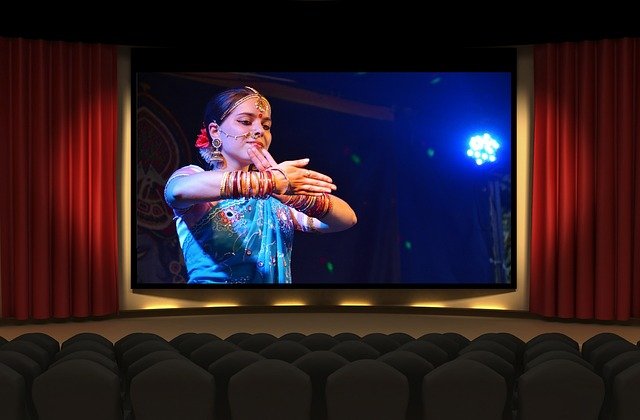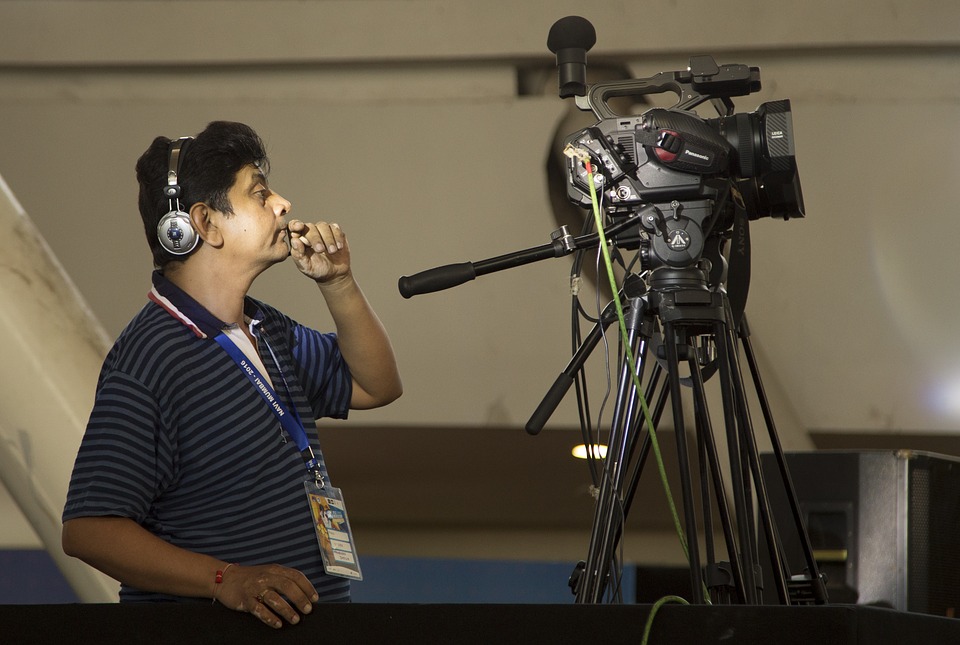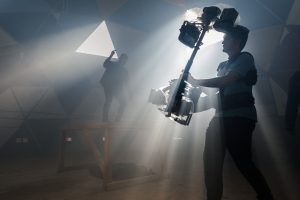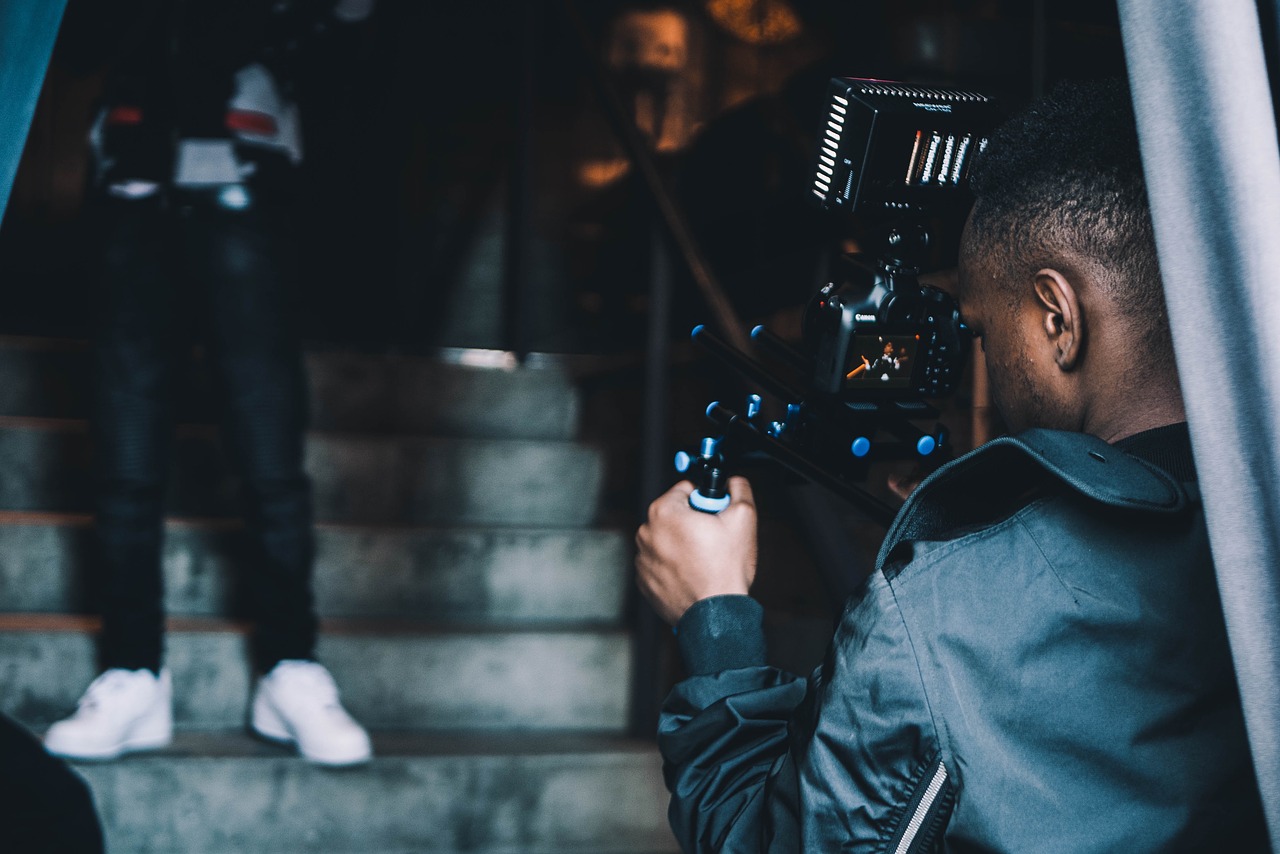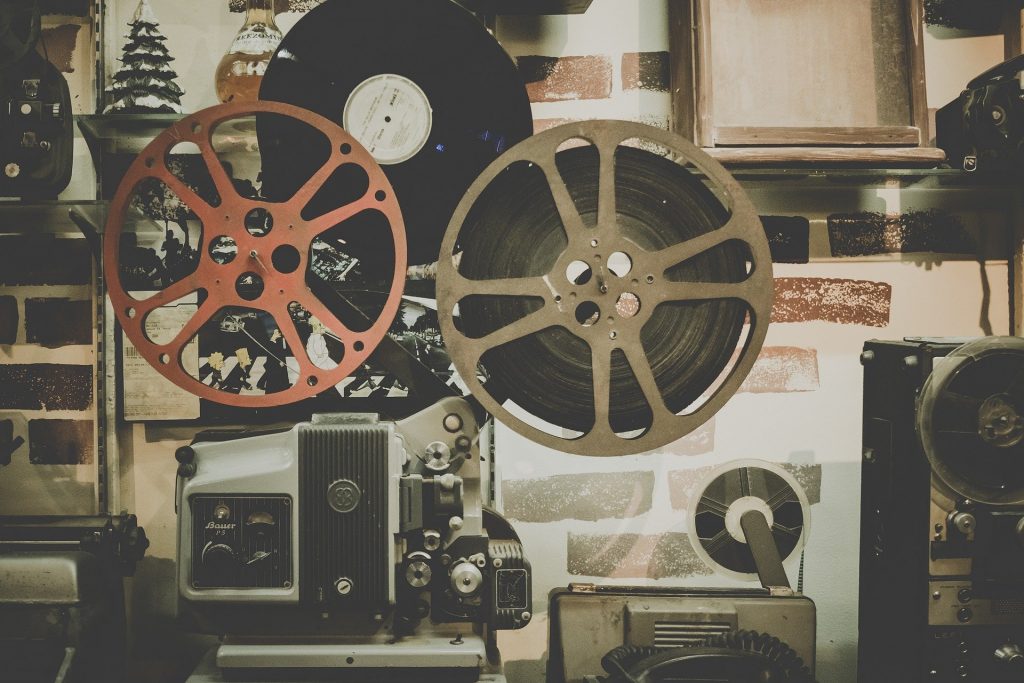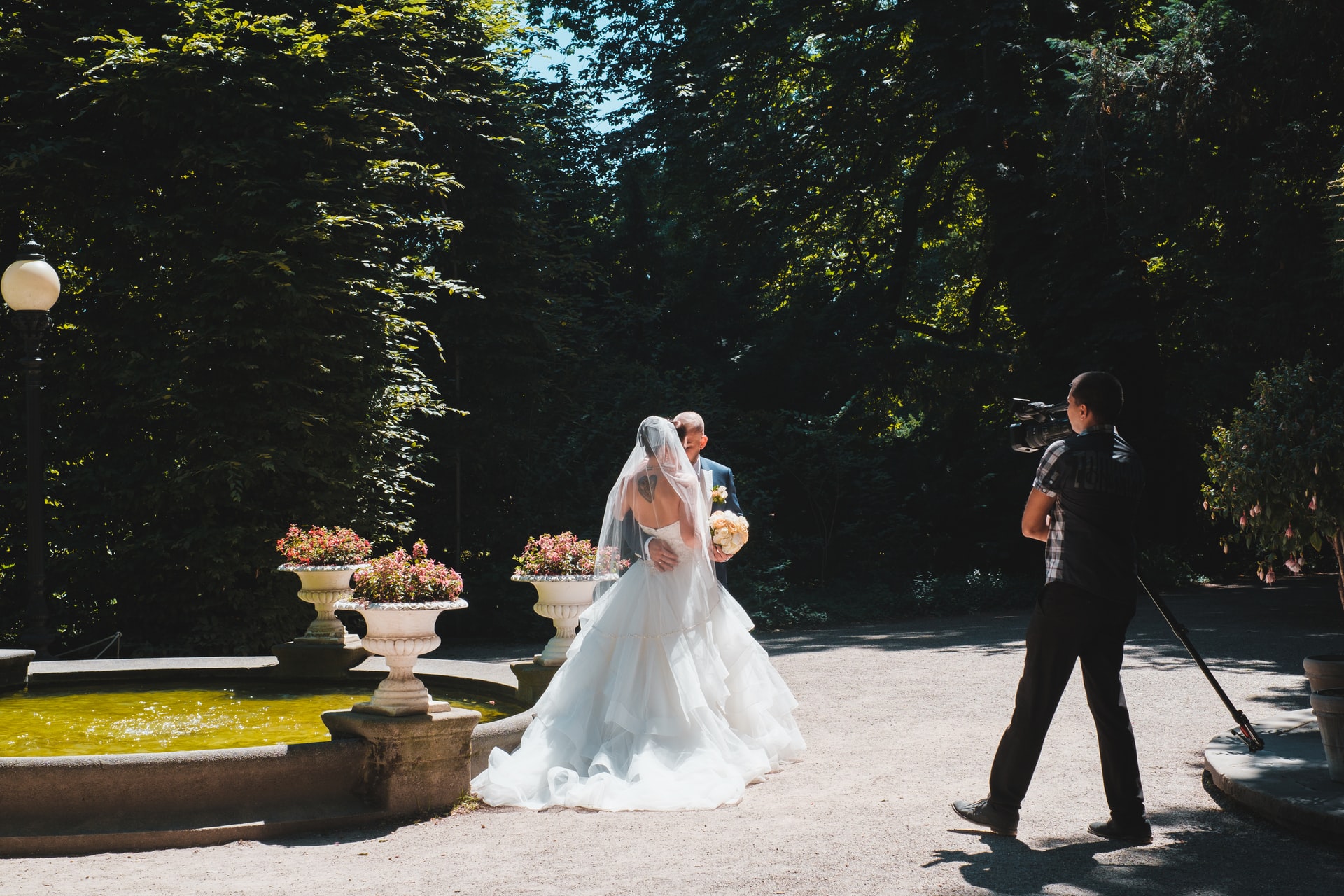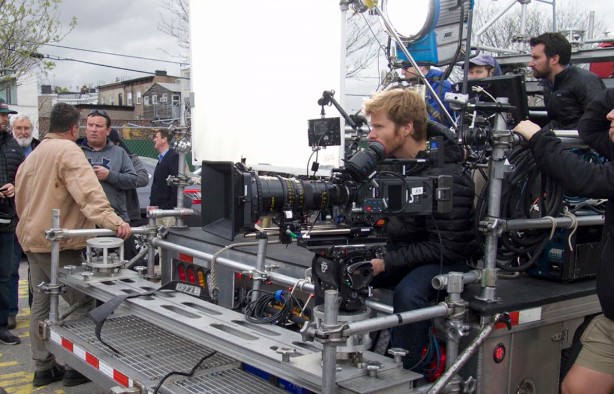
Towing in Santa Clara (Towing Santa Clara) is more than just a routine service; it’s an art form that requires precision, skill, and careful execution. Interestingly, the world of cinematography shares striking similarities with the towing industry, particularly when it comes to framing a shot. In this exploration, we’ll dive into the art of framing in cinematography and draw parallels with the meticulous planning, positioning, and execution essential in towing services. Just as a tow truck navigates the streets of Santa Clara with finesse, iconic film shots mirror the careful maneuvering needed to capture the perfect frame.
The Canvas of Cinematography
Cinematography is often hailed as the art of visual storytelling, where every frame serves a purpose in conveying the narrative. Similarly, when a tow truck operator approaches a stranded vehicle on the bustling streets of Santa Clara, each movement is intentional, working towards the ultimate goal of a successful tow.
- Precision Planning: Cinematographers meticulously plan each frame, considering angles, lighting, and composition. Similarly, towing services require detailed planning to ensure a seamless operation, taking into account factors such as vehicle size, location, and traffic conditions.
- Positioning for Impact: Just as a cinematographer positions the camera to capture a scene’s emotional impact, tow truck operators strategically position their equipment for optimal towing efficiency. It’s a dance of sorts, where both industries emphasize the importance of getting the right shot or completing a tow without a hitch.
Maneuvering Through Cinematic Streets
The streets of cinematography are diverse, and filled with challenges and opportunities. Towing services in Santa Clara navigate a different set of streets, yet the parallels between the two are uncanny.
- Executing the Plan: Whether it’s a sweeping aerial shot in a film or the careful execution of a tow in Santa Clara, the end goal is always the same – success. Both require expertise, practice, and an understanding of the environment to execute the plan flawlessly.
- Capturing Iconic Shots: In the world of cinematography, certain shots become iconic due to their framing and composition. Similarly, tow truck operators in Santa Clara often find themselves in situations where their precise maneuvers become iconic in the towing community.
Lessons from the Reel and the Road
The intersection of cinematography and towing services provides valuable lessons for professionals in both fields.
- Adaptability: Just as a cinematographer must adapt to changing lighting conditions, tow truck operators in Santa Clara must be adaptable in handling different vehicles and towing scenarios.
- Attention to Detail: Whether it’s the subtle details in a film frame or the meticulous inspection of a towed vehicle, success lies in attention to detail.
- Collaborative Efforts: Both industries thrive on teamwork. The synergy between a film crew and the coordination among tow truck operators ensures that the result is a collective success.
Conclusion: Where the Frame Meets the Road
In the world of cinematography and towing services, the frame is not just a visual construct; it’s a testament to skill, planning, and execution. Towing in Santa Clara embodies the artistry found in each carefully framed shot, where the streets become a canvas for both cinematic storytelling and the efficient provision of towing services.





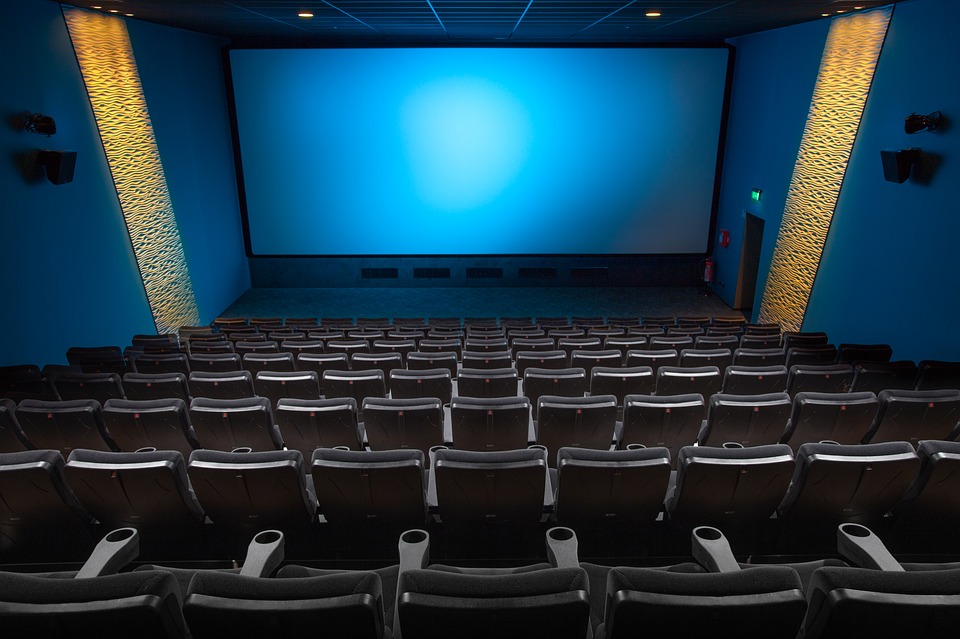
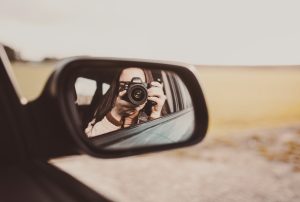
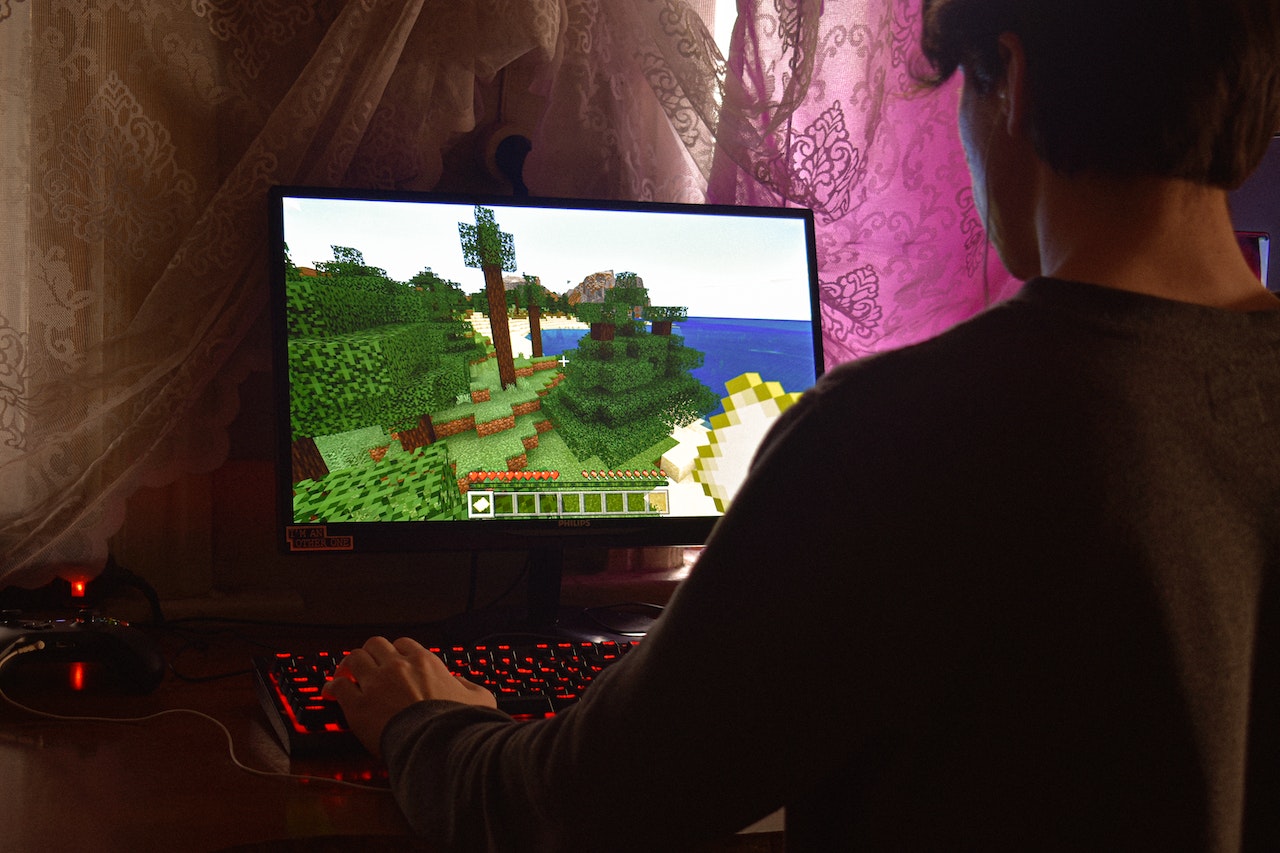
 During the holidays, most people go to the movies to see the latest superhero movie or a film that is getting a lot of buzz. But the last few years have been anything but normal. The COVID-19 pandemic has caused the lights to go out in many theaters. Some movie studios have tried to deal with this by putting out more movies through streaming services.
During the holidays, most people go to the movies to see the latest superhero movie or a film that is getting a lot of buzz. But the last few years have been anything but normal. The COVID-19 pandemic has caused the lights to go out in many theaters. Some movie studios have tried to deal with this by putting out more movies through streaming services.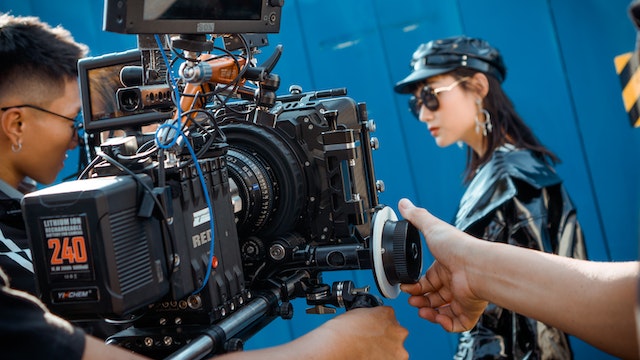
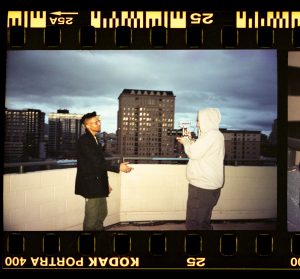 Promoting your Spotify channel and cinematography can be a daunting task. There are so many different ways to promote your content, it’s hard to know where to start. With this guide, you’ll learn how to promote your Spotify channel and cinematography in the best way possible.
Promoting your Spotify channel and cinematography can be a daunting task. There are so many different ways to promote your content, it’s hard to know where to start. With this guide, you’ll learn how to promote your Spotify channel and cinematography in the best way possible. The shift from cinema to Netflix is leading to a significant change in the production of and access to entertainment.
The shift from cinema to Netflix is leading to a significant change in the production of and access to entertainment.
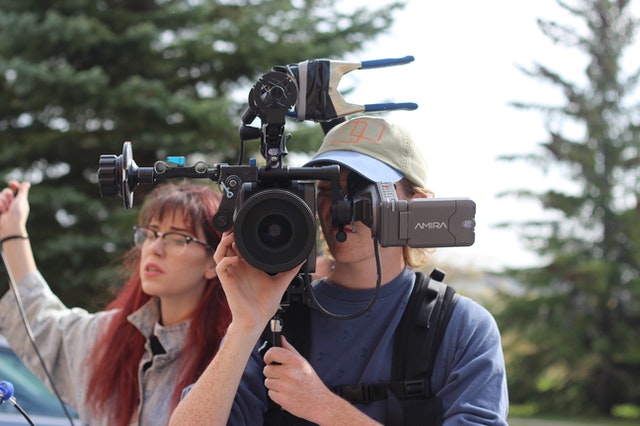

 Films have always been a force for social change because they can teach people about things that happen outside their world, make them feel empathy, and raise politically charged questions.
Films have always been a force for social change because they can teach people about things that happen outside their world, make them feel empathy, and raise politically charged questions.
